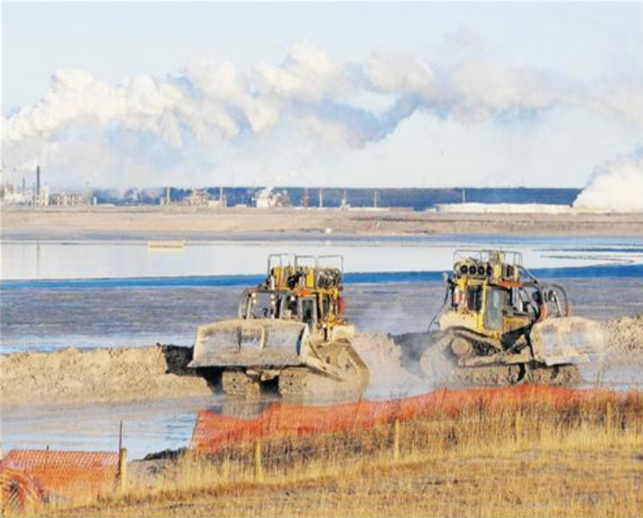Mercury contaminating bird eggs in oilsands region: Environment Canada
By Mike De Souza, Postmedia News
31 May 2012 OTTAWA – Environment Canada scientists have observed evidence of toxic contamination of wildlife upstream from Alberta’s natural bitumen deposits that coincides with the oilsands industry’s expansion, Environment Minister Peter Kent was told last summer. According to internal documents obtained by Postmedia News, the government was urged to investigate recent scientific observations of a 40 per cent increase of mercury in bird eggs, considered to be a key environmental indicator of contamination of the natural ecosystems. “Environment Canada has already undertaken contaminants monitoring in wildlife and that work is continuing,” said an internal document outlining the government’s communications plan for the launch of its oilsands monitoring initiative from last July. “We have seen an increased exposure of mercury in bird eggs which is why more research is required to evaluate trends and sources of the contamination.” The advice, released through access to information legislation, followed peer-reviewed research, led by Environment Canada scientist Craig Hebert, that reported a 40 per cent increase of mercury levels in California gull eggs from a Lake Athabasca colony between 1977 and 2009 — a period of significant growth for the oilsands industry. Hebert’s research said that “contamination from oilsands development (was) one possibility, but other external (mercury) sources must also be considered.” When asked about the warnings, Kent said the government had “great concerns” about mercury contamination in all its forms, while noting that there was conflicting research about what was happening in the region. But he indicated the new federal monitoring plan, in partnership with the Alberta government, would examine all impacts of the oilsands industry on water, air and biodiversity in the region’s ecosystems. […]
Mercury contaminating bird eggs in oilsands region: Environment Canada
